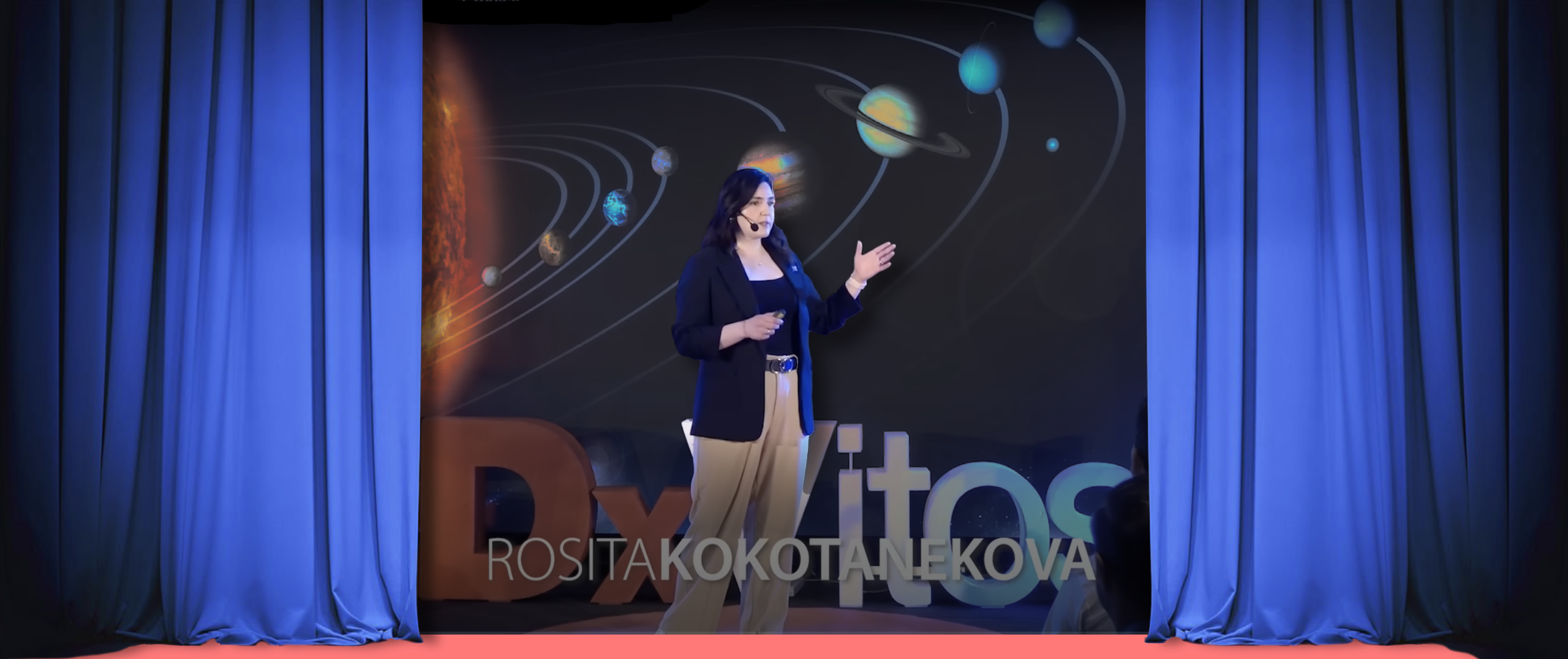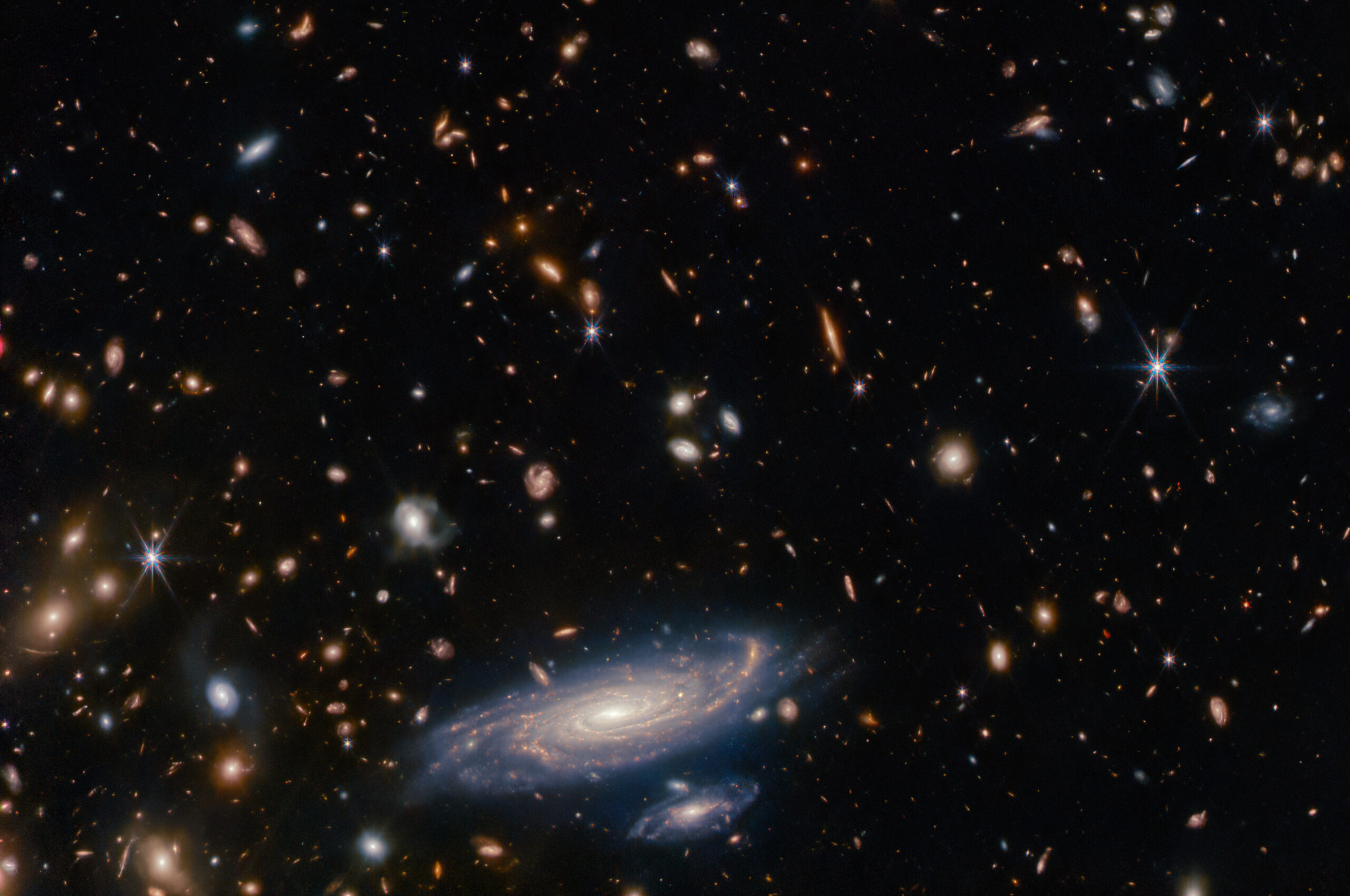Dr. Kokotanekova begins by demystifying comets as time capsules—pristine relics from the early Solar System, carrying organic building blocks and ice that offer deep insights into our origins. Yet, their unpredictable trajectories and remote nature pose major challenges. She outlines the critical motivation: intercepting a comet prior to close approach—or even before impact—could yield previously inaccessible data and safeguard the Earth.
Crucially, this idea is no longer just theoretical. Dr. Kokotanekova highlights ESA’s Comet Interceptor, a pioneering mission slated for launch in 2029, which aims to do exactly what she envisions: wait in space for the right comet to come along—ideally, one entering the inner Solar System for the first time. Unlike previous missions, which targeted known comets with well-known orbits, Comet Interceptor is designed to lie in wait at the Sun-Earth L2 point (a gravitationally stable spot in space behind the Earth away from the Sun where a spacecraft can “park” without using fuel) until a suitable long-period or even interstellar comet is detected. Once a target is identified, the spacecraft will perform a high-speed flyby, gathering unprecedented data from a relatively untouched object from the Solar System’s distant reservoir.
Dr. Kokotanekova walks the audience through conceptual mission architectures like these: launching a spacecraft to rendezvous with a comet nucleus, potentially before the comet is discovered. Alongside technical hurdles—navigation, propulsion, rendezvous timing—she emphasises the scientific payoff: sampling volatile-rich material, analysing isotopic composition, and studying primitive organic chemistry in situ. In doing so, the mission bridges planetary defence and pure research.
What makes her presentation stand out is the humanising of the mission: Dr. Kokotanekova shares the excitement of her own childhood astronomy experiences and frames this comet‑catching idea as an extension of her lifelong passion for space exploration.
The talk closes with a call to action: mobilise planetary scientists, engineers, space agencies, and interdisciplinary collaborations. She urges the audience to reimagine how we study comets—not just after discovery or under threat of a perilous approach, but proactively, intercepting them on their cosmic path. With ESA’s Comet Interceptor blazing the trail, this vision is no longer speculative—it is underway. The future of comet science lies not in waiting, but in anticipating. The vision is audacious yet grounded, pushing boundaries of both knowledge and planetary stewardship.


